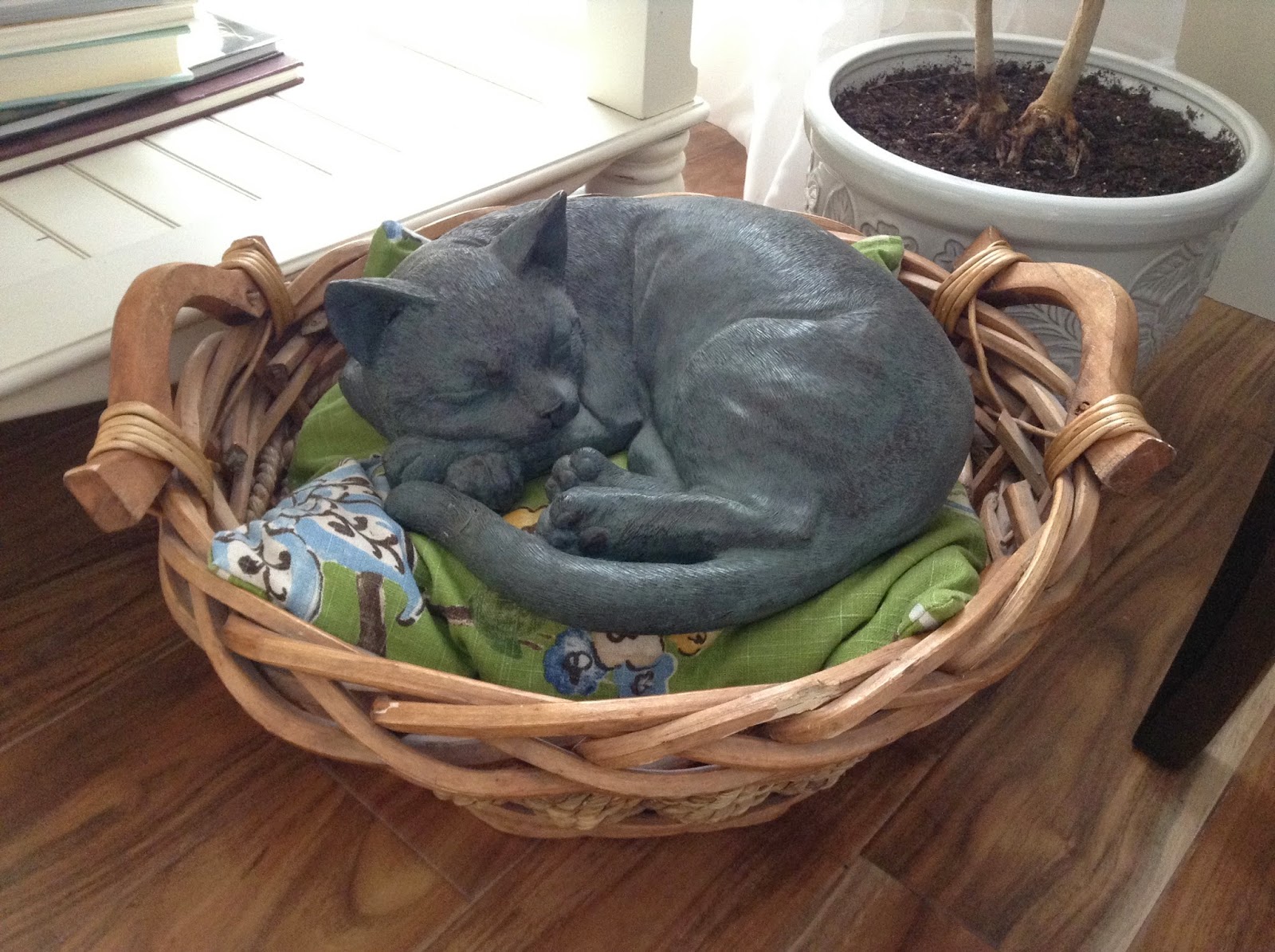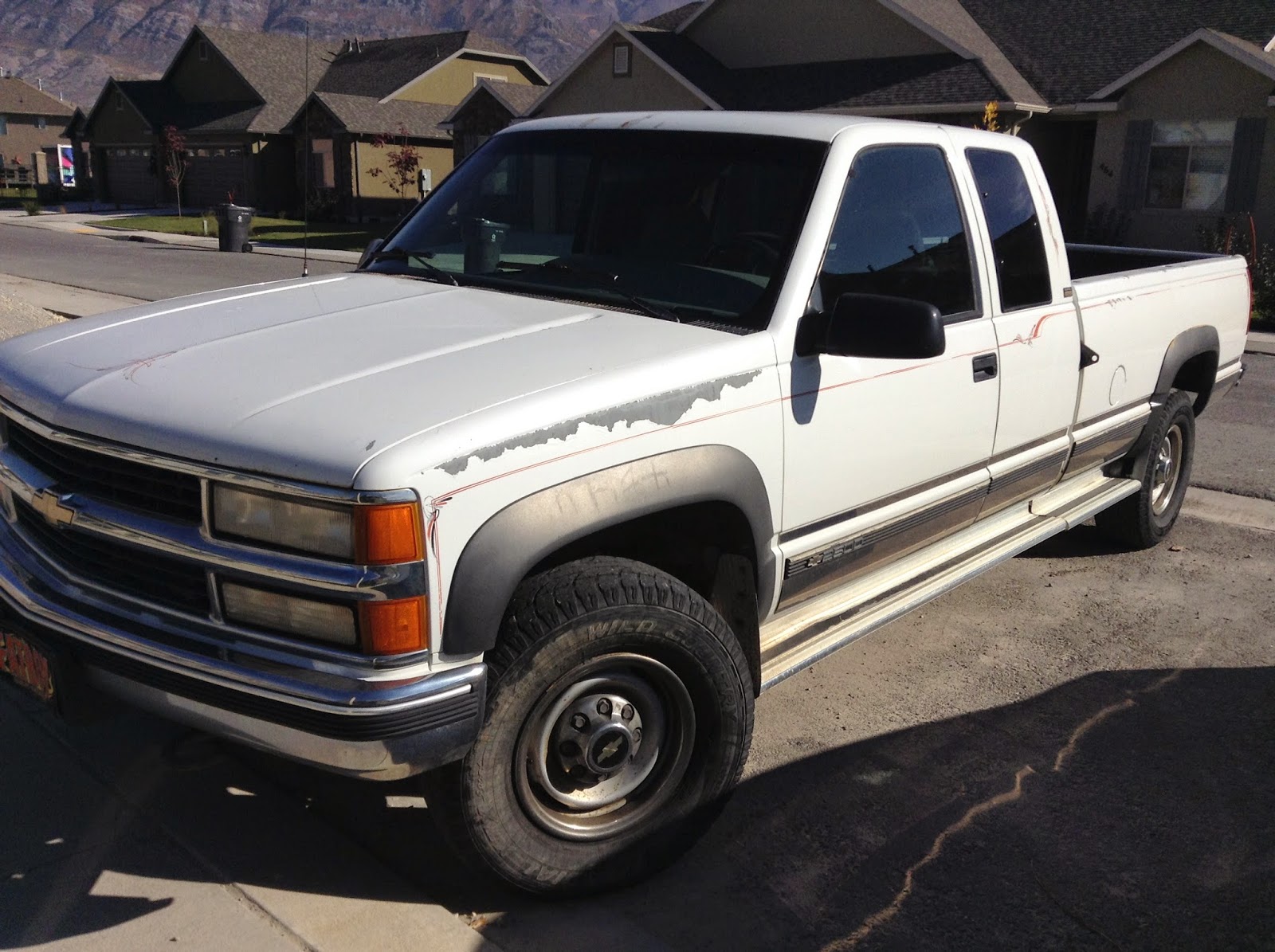Hummus, fresh from my own bottled Garbonzo beans. Can't beat that! Ready to to make your own? I'd love to help you because one of my favorite hobbies is pressure canning (and bottling) foods so dinner time is easy and yummy.
Since I can't always stand beside you when you pressure can, I'll share my trusty instructions and pretend I'm there, because if I could be, I would be. On a stool. Loving every minute of it!
First, always read your specific pressure canner instructions and follow them. Your canner might be different than mine, so follow your canner's instructions, even though some things I'm sharing are for every type of canner.
Now, let's begin canning dry beans!
Step 1: Clean your stove top. "What?!?" you ask. Yep, clean it thoroughly because your canner will be hot for hours and invisible splatters will bake onto your stovetop. Believe me, it's no fun scrubbing it away when it's charred and black, so clean it off while it's still invisible.
I keep a supply list with my canner to make gathering supplies easy (It generally takes me about 15 minutes to clean and gather...)
Step 2: Gather supplies:- Canner, with lid, seals, inside rack, pressure regulator
- Clean pint jars, lids, rings
- Dry Beans - any variety, or several kinds
- Salt (Canning or non-iodized)
- Funnel, lid lifter, jar lifter, water pitcher
- Timer
Gasket to seal the lid. It will fit in nicely...
In the center of the lid you can see the little Automatic Air Vent.
It looks like a little black button with a steel center.
(Back, near the bread picture, you can see the steel Vent Pipe.)
1/2 cup dry beans per pint jar. I level all the beans except Garbonzo beans. I "round" them over the measuring cup. If not, my jars look a little skimpy rather than full, and who wants to feel cheated? Not me! Especially after sacrificing so much time canning them. (Other beans look full using 1/2 cup.)
Using a funnel keeps beans from bouncing across the countertop and onto the floor. I pour the beans into a large bowl and scoop them up. It's easier than pouring from a bag or trying to scoop from a bag.
I pour salt into a bowl to easily measure it.
With Garbonzo beans the salt filters to the bottom and is hard to see. If you're unsure if you've added salt to a jar look at the bottom. These jars were hot from the dishwasher and still wet inside so the salt sparkles. So pretty!
1-inch headspace is up to the neck. The beans need room to expand, so don't fill it fuller. Use a magnetic lid lifter to pull lids from a pan of hot water where the seals have softened. Add rings and they're ready to go into the canner.
3 quarts of water doesn't seem like much, but that's all it takes.
This isn't water-bath canning. The canning rack has holes in it and keeps the jars from sitting on the hot bottom.
Step 9: Place the canner on the stove, add 3 quarts of hot water, and turn to low. Place canning rack in the bottom.
You don't want jars toppling over in the canner. If you have a big space where bottles might tip over you can either fill it with a jar filled with water that you don't seal with an old lid and ring on it, or add a jar filled with a different variety of bean, or fill the gap with several old canning rings wedged in to hold the jars upright.
The arrow shows my canner is closed.
Step 12: Bring up the heat inside the canner by turning your burner to medium. I set the timer for 10 minutes. This lets the beans and water heat up before I turn the burner to high.
I tried to take a better photo of the steady flow of steam from the Vent Pipe, but this was the best one. Look closely on the left side of the bread picture to see steam.
The pressure regulator is covering the bread in the photo behind it. I placed it on the Vent Pipe after venting steam for 10 minutes. That is fun. Don't be afraid of it. Just walk over, set the Pressure Regulator on and then high-five yourself!
Step 14: Place the Pressure Regulator on the Vent Pipe. (I have a Presto canner and the Pressure Regulator is a little silver thing with a black top.)
Notice the little Automatic Air Vent in the center of the lid. The little steel button has risen, sealing the lid. That always makes me smile.
I turn my canner sideways because the space under the microwave is so tight. You can see the pressure is beginning to rise.
Step 16: Watch the pressure rise on your Pressure Gauge. I live at over 4000 feet elevation so I pressure can at 15 lbs. Check your elevation and the pounds you should use. The pounds of pressure you can at are determined by your elevation. (It generally takes my canner about 10 - 20 minutes to get up to 15 lbs. pressure.) The amount of time you pressure cook food is determined by the food, and always remains the same no matter the pounds of pressure.
The pressure has reached 15 lbs. and I've begun timing this batch!
Stay in the kitchen and keep your eye on the pressure. It's a great time to tidy up. I keep a box waiting for empty canning jars in my pantry. I emptied 2 just for this batch and have a few empties left over. I'll stack a 2nd box on top of this one when it's full. When 2 boxes are full I store them with my canning supplies and start filling another box. Pressure canning isn't like bottling fruit--I don't have to wait for something to come in season. I bottle all year long.
Step 18: Enjoy a chair near the stove because you'll need to stay nearby for the next 75 minutes. Once you reach pressure and start timing you'll turn down the heat in increments to hold the pressure at the correct pounds. Turning the burner down may take as long as 15-20 minutes before it holds steady for the remaining time, however, sometimes my stove has acted fussy and I've adjusted every few minutes the entire time. (Yes, bathroom stops are allowed, but make sure you hurry back.)
Actually, I took this freak-out photo on one of those days when the little Grands were pushing my buttons and I needed a psychological release. We snapped silly photos until things were back under control. I had no canning problems today, and don't expect them.
After turning the burner off I walked into the garage and brushed the first coat of paint on this little wooden box. Now is a good time for me to advise you to not use rusty canning rings for canning. Mine used to go into the recycle bin, but I've found a new use: as spacers between my painting projects and the drop cloth. I keep a bunch of rusty rings in my craft box.
Step 19: After 75 minutes turn off the heat and walk away. You are free! Your kitchen should be clean by now, all your emails read, you're caught up on Pinterest and FaceBook and paid the bills. The pressure needs to drop naturally, so don't rush it. (Trying to rush it might be why there are old stories of Grandma blowing up the house.) It takes my canner about 1 hour to reach zero pressure. If you're canning late at night, go to bed. You can open the canner in the morning.Step 20: Remove the Pressure Regulator after the pounds are at zero and the little steel button in the Automatic Air Vent drops down. If the pressure is at zero and the steel button is up, wait a few minutes. If it hasn't dropped, lightly tap it with a spoon. If it drops, take off the Pressure Regulator. If it doesn't drop, wait a few more minutes and repeat.
Step 21: Once the Automatic Air Vent button is down and the pressure regulator is off, wait 10 minutes for the canner to cool, then lift the lid so escaping steam won't burn you. Remove jars to a waiting towel on the countertop. (I double or triple the layers.)
How pretty! And worth every minute!
All of these jars sealed!
You'll hear the jar lids pinging as the pressure in the jars change. The lid will go from convex to concave in the center. Always check the seal by pressing in the center of the jar before opening it. If it's bulging outward the seal is broken. Throw out the food. If you press the center and it goes in and springs out again, the seal is broken. Don't eat unsealed food! If you press the center and it's in and stays in, yay! your jar is sealed. Open it and enjoy!
Step 24: Store the jars where you can easily pull one out to use. The key word is use. Like I did today. I made hummus while a new batch of jars sat in their hot pressure bath and it snowed outside. So yummy!
Quick note about Garbonzo beans: They come out of the canner basking in a clear golden liquid. After cooling and sitting the liquid begins to solidify and thicken. Don't fret. I drained the liquid from one jar, and partially from a second jar when I made hummus today. I saved the liquid in case I needed some for thinning, but it was perfect without adding any more.
Enjoy!
*I check beans for rocks, dirt clods or yucky looking beans before I place them in a jar. I don't rinse them.
*I've bottled several different kinds of beans in one batch: black beans, garbonzo, pinto and kidney beans.
*I don't precook my beans. I've never had a jar not seal or one explode or had any problems with them. Beans expand--just look at the before and after pictures. Make sure you have 1-inch head space in the jar and water. Please, no more than 1/2 cup per pint (except Garbonzo) Yes, that 1/2 cup is exact or slightly less on other varieties.
*I've been told bottled beans without salt are yucky. I don't want yucky beans so I always use salt.
*I've been told iodized salt makes liquids in bottled foods look cloudy, and sometimes it looks unappetizing. That can lead to tossing out the food thinking it has spoiled when it hasn't. If you use iodized salt please be aware of that and don't throw your investment away.
*I've heard there are anti-caking agents added to salt, both iodized and non-iodized, and those may also cause clouding. True canning salt supposedly doesn't have anti-caking agents, but I can't find it in stores anymore and haven't found any online.
*Iodine is important in the diet, but I don't worry about it with my canned foods because our family uses iodized table salt and I'm fairly certain we aren't lacking.
*I have no idea if french fries, chips and processed foods contain iodized salt. I doubt it. Why would they want a creepy looking cloud or color?
*If a jar is cloudy looking check the seal first. You should already know what type of salt you've used, so also be aware of that. If seal has been compromised the cloudiness could kill you if consumed. (Think botulism.) Throw it away in the jar--don't open it and sniff--and wash your hands in hot water with soap. (Don't google how to wash your hands and spread the microbes.)
*I definitely don't know it all or have all the answers, but I've read a ton of material about canning and how to do it safely, may know the answer, so if you have a question, please ask. There are also professional experts you can ask.
*Some of the basics of preserving food include temperature, pressure, acid, sugar, salt and lack of oxygen. It's good to know which foods can be successfully and safely canned by which methods.
*Don't freak out. Get the facts, do it correctly, and enjoy your investment.




































